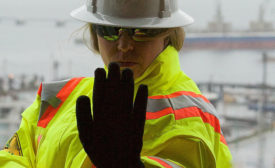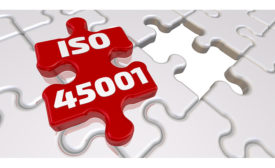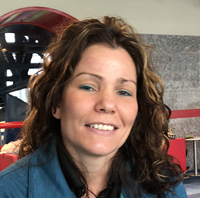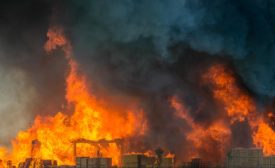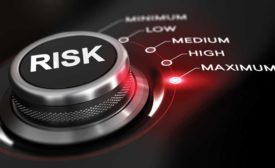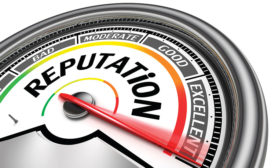Systems Thinking
Empowering is not enough – you must ENABLE!
Read More
Use ISO 45001 to improve safety & process efficiency
Here’s how one company went about becoming certified, and realizing the standard’s many benefits.
April 8, 2019
2019 top standards- Global Standards
ISO 45001 safety and health management system standard
ANSI/ASSP/ISO 45001— 2018 Occupational Health and Safety Management Systems – Requirements with Guidance for Use
January 3, 2019
Actively caring for people’s safety
The crucial difference between “caring” & “acting”
December 4, 2018
Part 2 of 2
Process safety management - the business case
Evaluate three critical aspects of your operation
November 4, 2018
Social Sensemaking provides truly informative answers
What were they thinking?
February 1, 2017
Never miss the latest news and trends driving the safety industry
eNewsletter | Website | eMagazine
JOIN TODAYCopyright ©2024. All Rights Reserved BNP Media.
Design, CMS, Hosting & Web Development :: ePublishing
